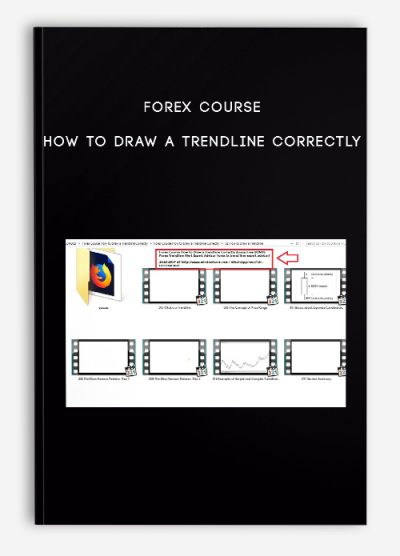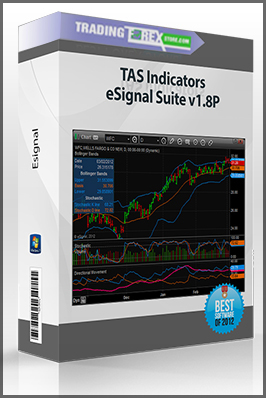Forex Course – How to Draw a Trendline Correctly
Original price was: $315.00.$39.00Current price is: $39.00.
- Description
Description
Forex Course – How to Draw a Trendline Correctly
Get Forex Course – How to Draw a Trendline Correctly onbestoftrader.com
Description:
Recognize False Breakout, True Rebounds and Continuations of the Trend. Supports/Resistances and Japanese Patterns.
Learn more precisely Where the Prices can Rebound into a trend, Avoid False Breakouts, use Trend-Following Strategies with more success and Better Identify Technical Analysis Shapes.
The Right Positioning of a Trendline can Help You to:
Anticipate where the prices can rebound in order to enter in favour of a trend
Develop true strategies in favour of a trend
Understand when a trend is ending and shapes of reverse and continuation technical analysis could create
Increase the performances of your trading strategies
I’ll teach you the main principles which I use to identify rebounds on the trendlines and false breakouts. Then we can practice through exercises and analysis to learn which is the better way to draw a trendline. You will learn to recognize false breakouts of supports, resistances and trendline thanks to the patterns of the Japanese candlestick.
From 4 years ago I live off trading and from 2 years ago I live off my income in the Canary Islands. Any strategy or technical analysis with reverse or continuation shape which I use, is based on a good drawing of the trendline. This is why this course is free.
NOTE. To follow the course it is important to have installed a trading platform and to know the basics about trends and Japanese candles.
I didn’t teach you a trading strategy, the course involves a general training.
NB.
The video translation and the voice is of a professional voiceover Deya Aliaga Kuhnle
Forex Trading – Foreign Exchange Course
Want to learn about Forex?
Foreign exchange, or forex, is the conversion of one country’s currency into another.
In a free economy, a country’s currency is valued according to the laws of supply and demand.
In other words, a currency’s value can be pegged to another country’s currency, such as the U.S. dollar, or even to a basket of currencies.
A country’s currency value may also be set by the country’s government.
However, most countries float their currencies freely against those of other countries, which keeps them in constant fluctuation.















